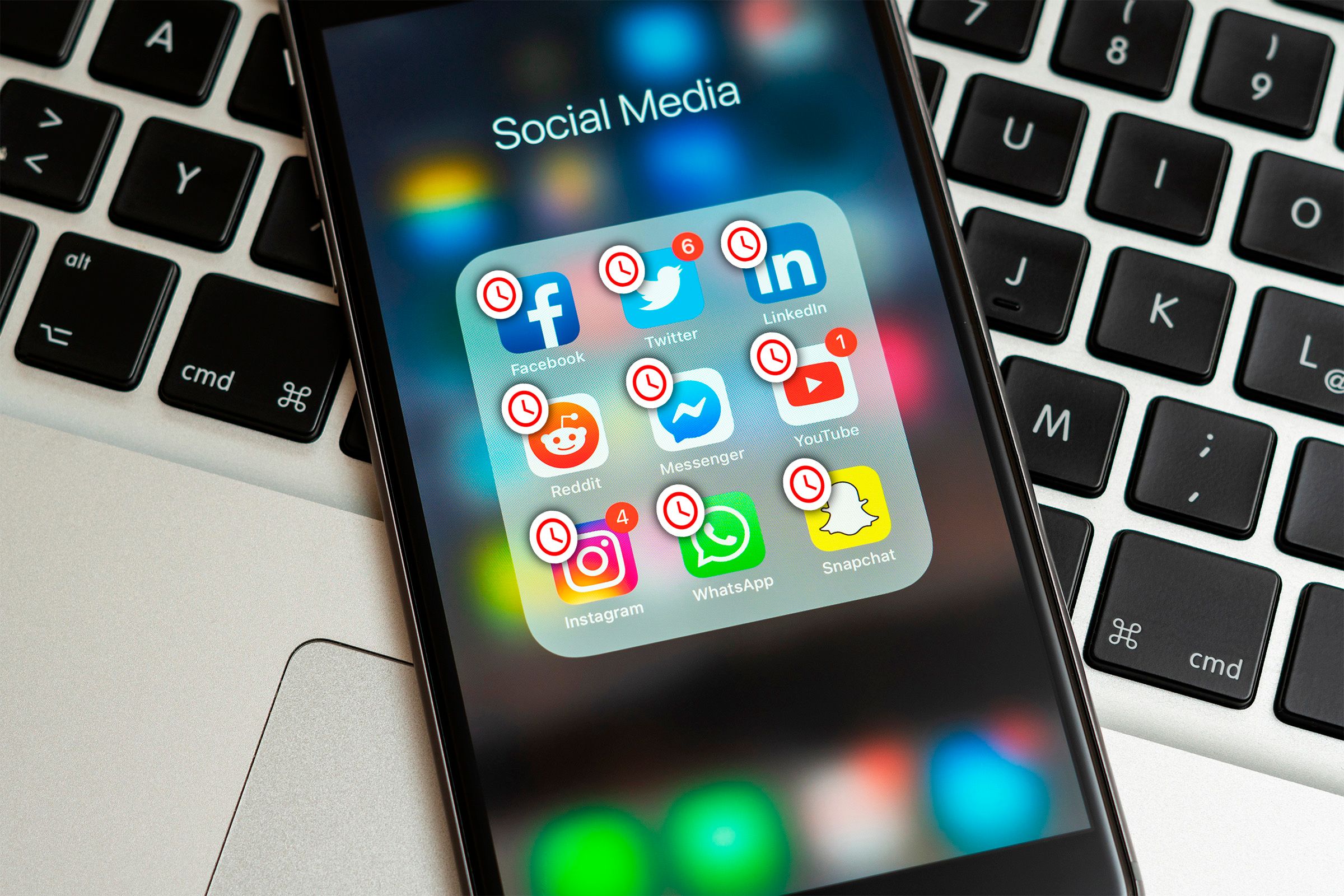Not every online connection you make will stand the test of time. You might follow someone thinking you share common interests or values, only to realize later that they’re not quite your kind of person.
Instead of sparking unnecessary tension with an unfollow or block, wouldn’t it be nice if you could quietly hit reset on your relationship? That’s where soft blocking comes in—a subtle, no-drama way to rewind things to square one.
What is Soft Blocking?
Soft blocking is a low-key way of removing someone from your social media without blocking them outright. Here’s how it works: First, you block the person briefly, which makes your account invisible to them and removes them from your followers. Then, you immediately unblock them, making your account visible again, but they will still no longer follow you.
Unlike regular blocking, soft blocking doesn’t cut people off completely. You won’t see their posts, and they won’t see yours, but if they search for you, they can still view your profile, send messages, and interact.
Essentially, soft blocking resets the relationship, making you online strangers again. It works on most platforms with a follow system, like Instagram, Twitter (X), Facebook, and Tumblr.
Why not Just Block or Unfollow Them?
There are a couple of reasons why you should consider soft blocking instead of unfollowing or outright blocking someone.
The first is that blocking is a very aggressive move. When you block someone, you’re sending a message that you want nothing to do with them. They won’t be able to message you, view your profile, or engage with your posts—you might as well not exist to them online.
This is a perfectly okay response when you don’t care how the person perceives you or you intend to cut off all ties—like with an ex or an online troll. However, for someone you just don’t vibe with, blocking is a massive escalation.
You might think you can get away with it since social media platforms don’t notify people when you block them, but trust me, there are ways to tell. All it takes is for them to search you up to realize they’ve been blocked.
When they find out, it can lead to hurt feelings. They might reach out to ask why you blocked them—which is an awkward conversation, whichever way you spin it. Or, they might take it badly and start feuding with you in real life.
Unfollowing people is not always the right choice either. For starters, just because you unfollowed someone doesn’t mean they will do the same to you. Your posts will still show up on their feed, and they can still see what you are getting up to.
Also, keep in mind that on social media, follower and following counts are a form of currency. If you mutually follow someone only to unfollow them later, it paints a bad picture and makes you seem like you have a huge ego.
Soft blocking avoids all of this drama. If blocking is pushing someone out the door and slamming it in their face, soft blocking is easing them out the door and gently shutting it without them even realizing it.
And there’s one other benefit to soft blocking. If the person you’ve soft-blocked ever realizes that you no longer follow one another, you have plausible deniability. You can claim that it’s a platform glitch, and since you no longer follow one another on both sides, it’s more believable.
How Do You Soft Block Someone?
To soft block someone, go to their profile and block them. Wait a few moments, and then unblock them. The exact steps for blocking someone will depend on what platform you’re using, whether that’s Facebook, Instagram, TikTok, Threads, etc.
Other Ways of Setting Online Boundaries
Unfollowing, blocking, and soft blocking aren’t the only ways to maintain boundaries online. Social media platforms offer a variety of tools that let you control how others interact with you.
For example, on Facebook and Instagram, you can mute someone’s posts and stories, allowing you to keep them off your feed without unfollowing them.
You can also use the Close Friends feature on Instagram, which lets you share posts and stories with a select group of people, or the custom friend list on Facebook, which allows you to choose specific audiences for your posts.
Switching to a private profile is another effective way to set boundaries. If you do so, only people you approve can follow you and see your posts, giving you more control over who accesses your content.
There’s also an option to restrict someone on Instagram and Facebook. When you restrict an account, the person won’t be able to see when you’re online or if you’ve read their messages. Any comments they leave on your posts won’t be visible to others, and they won’t be able to tag or mention you.
Managing online relationships can be difficult, but knowing these small tricks for setting boundaries will help you navigate them. It might also be worth changing your privacy settings to give you more control over how you interact with people online.





